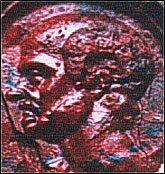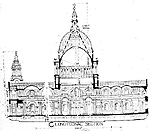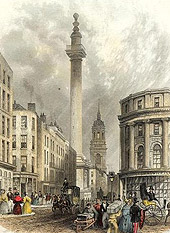 | Teaching Science through History II | ||||||||||||||||
Robert Hooke, Hooke's Law & the Watch Spring by Shusaku Horibe Hooke's law is a standard feature of introductory physics classes, yet how often do students learn about Robert Hooke himself? This case follows Hooke from a skilled laboratory assistant and instrument maker in 1658 to his rise as a major innovator and theoretician in late 17th-century London. His work on springs led to the familiar relationship on elasticity now named after him, as well as to a heated priority dispute over the invention of a functioning watch spring. Ironically, Hooke never directly related the two, although so vividly linked in our minds today. Major nature of science themes include:
Go to HTML presentation. Images
| |||||||||||||||||














